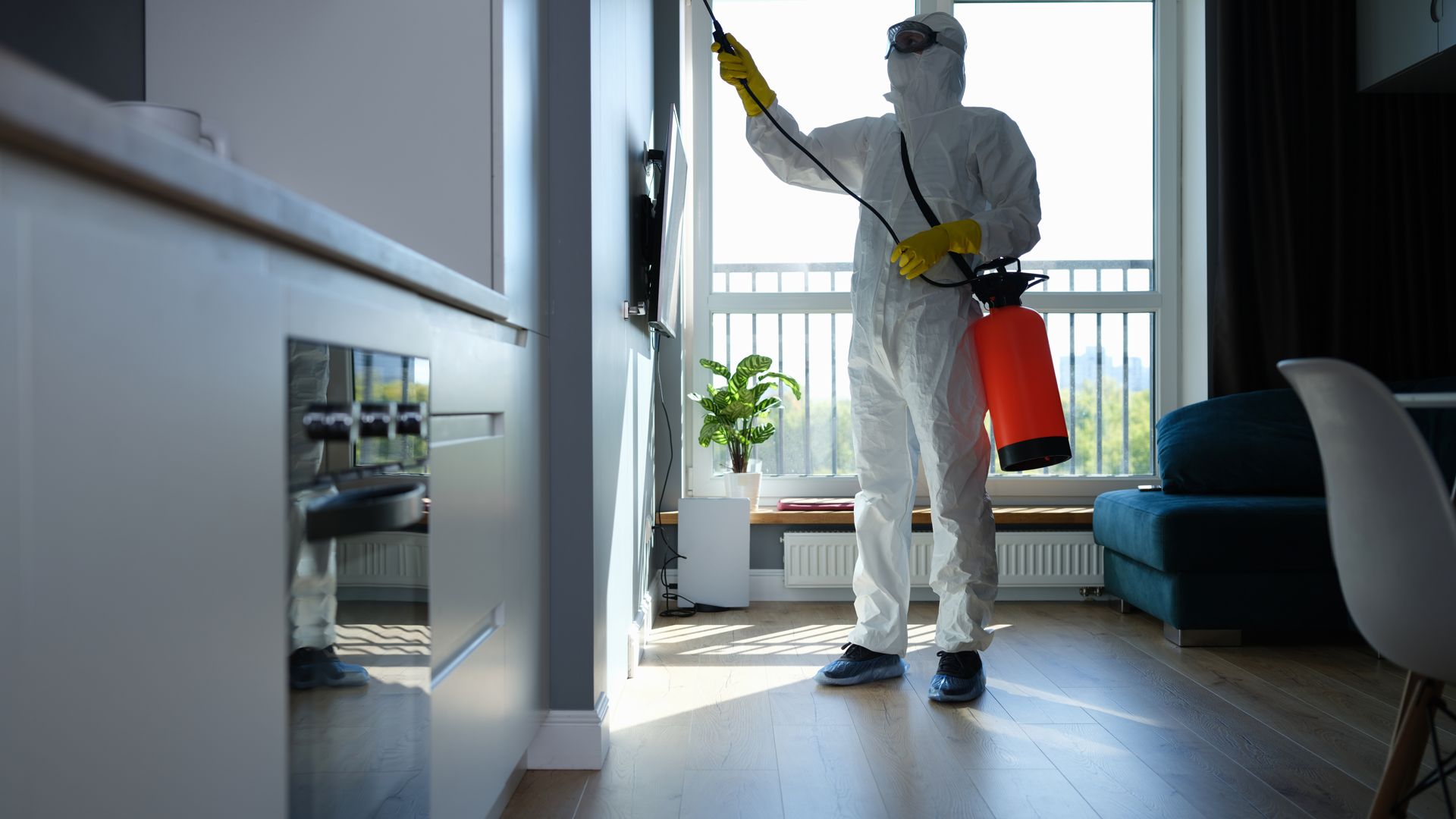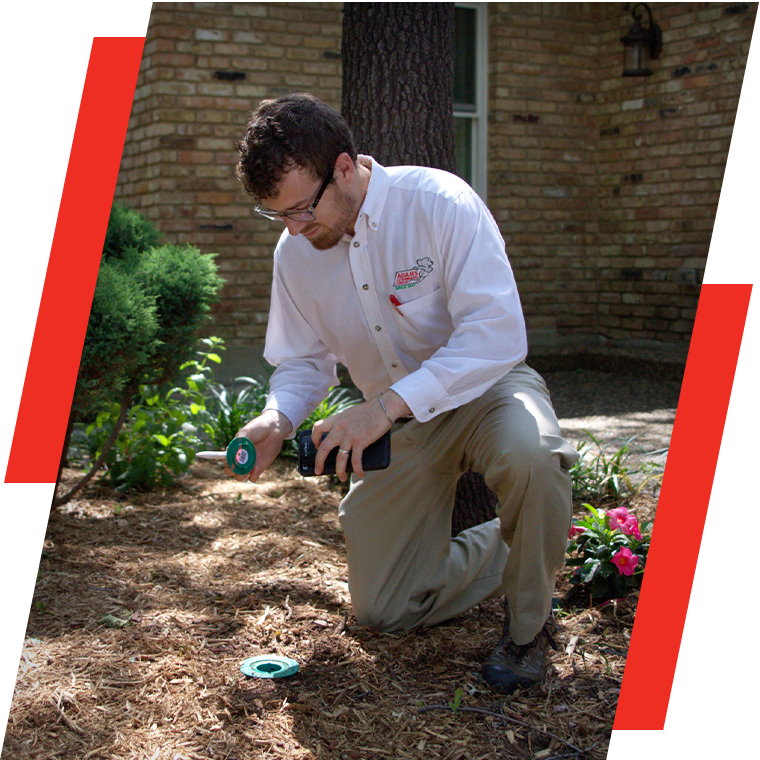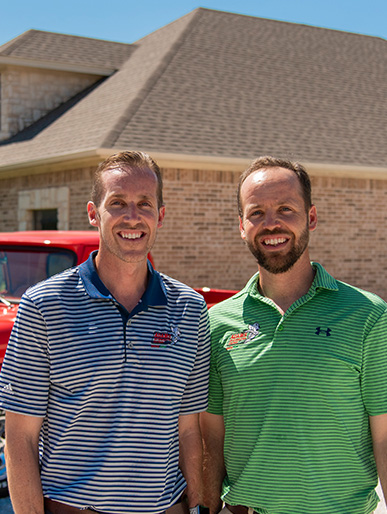
How To Tell If Your Frisco Property Has A Termite Problem
In our Frisco service area, we have two types of termites that damage homes. They are drywood termites and subterranean termites. Subterranean termites are, by far, the most destructive of the two. One reason they're more destructive is that they're stealthier than drywood termites. So let's start with how to detect drywood termites, since they're the easiest of the two.
Drywood Termite Detection
If you have drywood termites inside your home, you're likely to know it. Here are a few ways drywood termites lack the sneakiness to do significant damage to your home.
Waste — These termites create tiny kickout holes and push their frass out on floors and sills. Frass is a material that is made up mostly of drywood termite feces. These tiny pellets are about 1mm in length and have the coloration of the wood the termites are feeding on.
Damage — You may start to notice changes in the wood of your home. Tiny holes or deterioration may appear. You might see honeycomb dents in your baseboards or other hardwood structures. Pay close attention to window and door frames. They are common targets for drywood termites.
Workers — You could catch drywood termite workers in areas that are dark, or at night when you turn a light on. They look like tiny, pale-colored ants. They may even gross you out a little bit because they can look like maggots from a distance. You'll find them in large numbers near hardwood.
Swarmers — When a nest matures, it begins to produce male and female winged reproductives. We call these "swarmers" due to the fact that they gather together into a swarm during the mating process. If you notice lots of tiny, white-winged insects in your home, you have a termite infestation. Hopefully, it is a drywood termite infestation.

Why Choose Adams Exterminating?
-
Trained Entomologists & Service TechniciansOur team brings a deep understanding of insect biology and behavior to create targeted pest control strategies. We're equipped with the latest techniques and technologies to effectively eliminate pests.
-
Customized Plans for Every BudgetRecognizing that each space is different, we customize pest control services for every home or business. Our approach involves targeted solutions, addressing specific needs for your environment.
-
Trusted in the Community Since 1947With a legacy dating back to 1947, our pest control company brings decades of experience with a proven track record to keep your space critter-free.
-
Locally Owned & OperatedAs a locally owned business with offices in both Denton and Lewisville, we are rooted in the community and dedicated to serving our neighbors with personalized service.
Subterranean Termite Detection
If you have subterranean termites in your home, they are going to remain exclusively inside their tunnels. This type of termite is highly dependent on moisture.
Waste — Subterranean termites keep their waste inside their tunnels and do not produce frass for you to see. Subsequently, they don't create kickout holes either.
Damage — The damage done by subterranean termites is almost exclusively on the inside, but you might be able to detect damage outside in locations where there is wood-to-soil contact. A detailed inspection, and the removal of dirt in key areas, can expose this damage. If you find termite damage, it will look like trenches have been carved into the wood. If you don't find visible termite damage, you may be able to detect damage by tapping on support beams and listening for a hollow sound.
Swarmers — Subterranean termites produce winged reproductives, but they are rarely released inside man-made structures unless the ground nest is extremely close to the structure. For this reason, we consider the appearance of subterranean termite swarmers on the inside of Frisco homes to be a warning sign of a severe infestation.
Workers — It is rare to see subterranean worker termites indoors unless you're remodeling. You could, however, see them outdoors if you go looking for them. Pick up thick branches in your yard and look underneath. If you have a pile of camp wood, construction materials, wood pallets, or some other form of wood that sits on the ground, you may find workers underneath.
Tubes — When subterranean termites attack your property, they create above-ground mud tunnels if they can't find wood-to-soil contact. These tunnels are referred to as mud tubes or shelter tubes. You will most likely find them in dark, damp, shaded spaces underneath structures.



